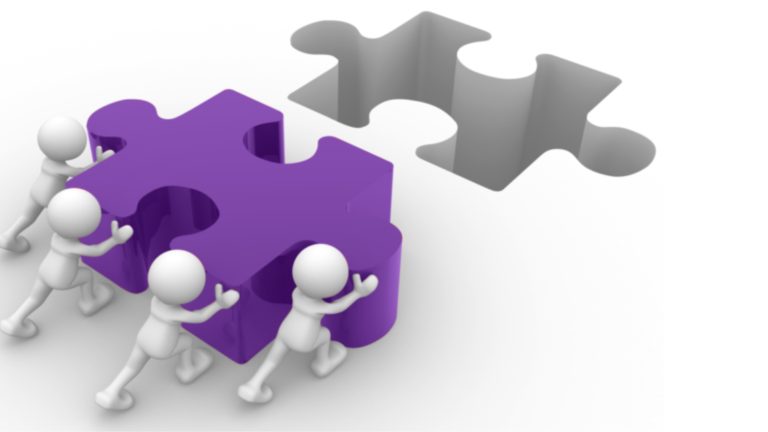The term transportation has just got upgraded to mobility. You might have noticed the shift in the language used in all magazines and articles. ‘Transportation’ is an act of movement whereas‘Mobility’ is the ability to be moved. With the rise in digital platforms, value creation is beginning to migrate from vertically integrated value chain to laterally scaled digital platforms which is smartly called ‘Mobility as a service’ [Maas]. Did you catch it now? Uber and Jump apps provide more than 14 million car rides and operate bike share in 40+ cities. So, customers access Uber and Jump bikes using digital platforms. Yes, you guessed it. That’s the mobility,the traditional transportation is upgrading itself from.
The landmark COP21 agreement adopted by 196 countries to fight climate change has ushered the world into the next era of alternate clean and green fuels. The two century old internal combustion engine is set to be replaced by battery, hydrogen cells. The engine, carburetor, and turbo charger will be replaced by battery, control unit and electric motor. The end of the manufacturing line will now have software flashing units. Companies investing in Jigs and fixtures are now investing in software development to own algorithms and IPRs. The mechanical engineers are being joined by software developers. The salesmen are becoming integrated ecosystem developers. The conventional acquisition model is turning to ‘pay-by- the mile’ model. The auto industry is now witnessing the largest ever transformation in history, already burdened by high investment and a long gestation period.
Also read: From October, private companies have to reserve 75% jobs for locals in Jharkhand
With these changes at DNA level, business leaders and human resource managers are grappling to deal with complexity at various levels. On one hand, the global partnerships forged by companies to leverage technological strengths has added cultural diversity to the team. On the other hand, the ‘The Great resignation’ where employees are walking away from traditional employee- employer relationships to entrepreneurship and high voltage start-ups. On the third front, Auto companies with new investments and spread of portfolio, their margins are stretched and find it difficult to compensate employees.Added to this, the 24-36 month product development cycle is getting outdated in 6 months.
All these points to an imminent need to overhaul the organizational culture that will result in retaining right manpower, aligning employees to a larger cause, nurturing their talent, fostering cross functional- multi- diversity team’s communication thereby helping organization to catch up with transformation.
Satya Nadella quoted in his book ‘Hit refresh’,“During troubled times, a cartoonist drew Microsoft organization charts as warring gangs each pointing a gun at one another”. Now, its time, innovation has to replace bureaucracy and team work has to replace Politics. The auto majors have to adopt ‘role based flat structure’ from ‘power based hierarchy’.
At macro-level, to imbibe the organization culture into growth strategy, most companies have started taking steps in their capacity. Smaller companies are setting up in-house innovation team with each member is en tasked to generate value engineering ideas to reduce cost and improve productivity. In mid-size companies, independent ‘in-house innovation’ teams are being set up with a matrix structure of functional heads and project heads reporting to apex structure. This structure ensures that the domain expertise from each function is available for problem solving and ensures ownership of decision and its process.
Ashok Leyland announced a subsidiary Switch mobility with exclusive ecosystem and funding to grow into a global brand however organizations such as TATA motors configured a separate vertical within the company to create synergies with their other TATA arms. Mahindra Electric, TVS electric, Maruti Suzuki. While the routes are different, the conceptual idea is to create focus and synergy within the groups with growth mindset.
Large conglomerates are setting up subsidiaries or Partnership to give focus and to source funds from market, and from financial institutions. They recruit Industry experts and also move best talents from within to newly formed subsidiaries to synergize processes, best practices and inherit working culture.
From ten legacy I.C.E players, in 2019, India has seen 114 registered e-car, e-bus and e2w companies besides scores of foreign manufacturers waiting to enter IndianEV market. In EV space, while 14 of them are in commercial vehicles space,whereas e2w segment has exploded with more than 50 start-ups. Interestingly, 70% of the e2w companies are new entrants. An industry expert observed, “Next to IT boom in India in 1990’s, this is the second time India is seeing many startups in Technology field. This also means that there is value creation happening at every level”. “ICE was a well- seasoned space but EV has disrupted every aspect of it. EV space demands creativity at every level starting from choice of battery through business model till battery is disposed”. However, a market professional opined “While manufacturers market has exploded, but CV users have remained same. The consumers have only migrated from ICE to EV. So,a seasoned professional who knows the customer mindset but has aptitude to create value and ability to swim with customer will be an asset to the organisation”
Mr. Sarwant, Chief planning officer, Switch mobility opined “Best in class, Segment leadership, fast forward are the foundation pillar of CV players. Now, a fourth dimensions just got added recently in CV space,which is disruption”. “As EV globalizes, JVsare being forged, managing the organization culture becomes a complex task. In my experience, Japanese believe in consensus approach, German believe in processes oriented approach, Chinese and Koreans with Hierarchical approach. So, when each member of team understand and appreciates this socio-cultural diversity, we have accomplished the first step of organisational culture”
However, each company has multiple reasons,such as managing IPR rights, access to funds, establishing new brand, and many others to formulate their own organization structure. For example, Ashok Leyland announced a subsidiary Switch mobility with exclusive ecosystem and funding to grow into a global brand however organizations such as TATA motors configured a separate vertical within the company to create synergies with their other TATA arms. Mahindra Electric, TVS electric, Maruti Suzuki. While the routes are different, the conceptual idea is to create focus and synergy within the groups with growth mindset.
With organizations increasingly embrace matrix structure and consciously break the hierarchy, foster collaborative working, improve communication, exhibit camaraderie, practice conflict management, build informal relations among employees, a higher performing culture will usher the auto industry into another era of wellness for humanity. Organizations are now beginning to realizethe maxim “If you understand people, you understand business”.
Stay connected with us on social media platform for instant update click here to join our LinkedIn, Twitter & Facebook

























Add comment